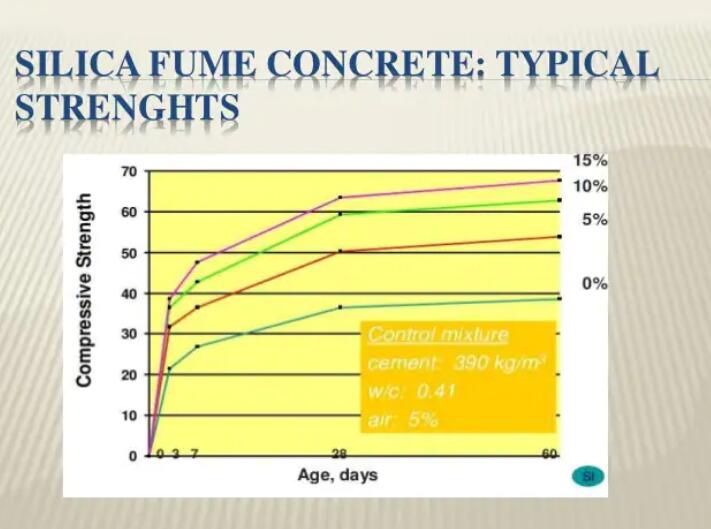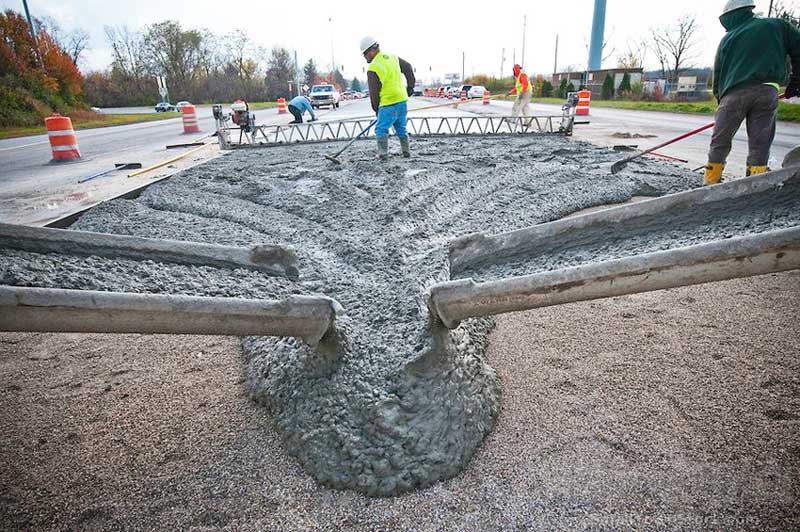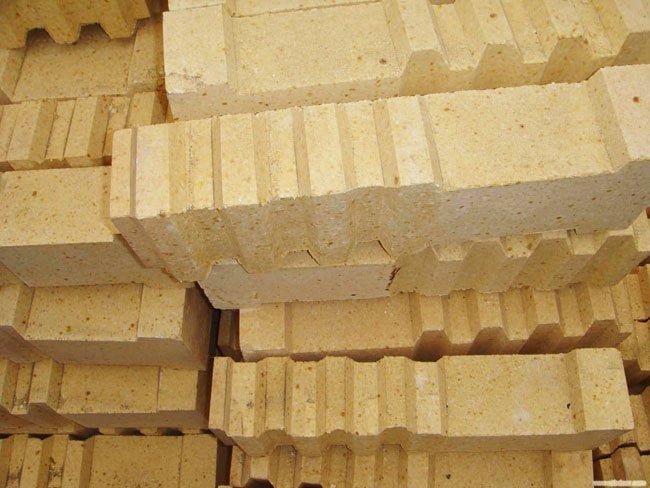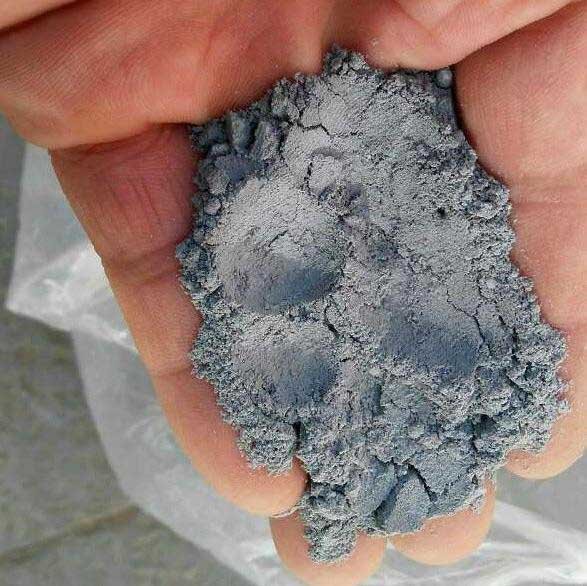Why need to add silica fume in concrete?
1. When making concrete mixtures, in order to obtain the fluidity required by the construction, it is often necessary to add more water (more than the amount of water required by cement hydration). This additional water will not only make the cement slurry thinner and weaken the cementing force, but also excess water remaining in the concrete will form blisters or water channels. As the concrete hardens and evaporates, pores are left, thereby reducing the actual force area of the concrete, and when the concrete is stressed, stress concentration is likely to occur around the pores.
2. In concrete, the internal bleeding is blocked by the aggregate particles and gathers under the aggregate to form a porous interface. More Ca(OH)2 is formed in the filtration area of the aggregate interface than other areas. The Ca(OH)2 crystal grows larger and has a strong orientation parallel to the surface of the aggregate. The large Ca(OH)2 crystals parallel to the surface of the aggregate are easier to crack and weaker than the calcium silicate hydrate gel (C-S-H). The interface filter zone between cement slurry and aggregate becomes the weakened strength zone inside the concrete due to its porosity and many large Ca(OH)2 crystals arranged in a directional arrangement.
The average particle size of silica fume is 0.1um, which is only a few percent of the average particle size of cement. After being mixed into cement concrete, it can be well filled in the voids of cement particles to make the paste more dense. Silica fume also has pozzolanic reaction, that is, after the silica fume contacts the mixing water, it first forms a silica-rich gel and absorbs water. The gel gathers among the cement particles that have not yet been hydrated, and gradually wraps the cement particles. The hydration product Ca(OH) 2 reacts with the surface of the above-mentioned silicon gel to form C-S-H gel, and the gel strength of the hydrate is higher than that of Ca(OH) 2 crystals. The production of C-S-H gel is mostly in the pores of C-S-H gel of cement hydration, which greatly improves the structural density of concrete. Therefore, it has excellent pozzolanic effect and particle effect, which can improve the bleeding and cohesiveness of fresh concrete.
The surface of the microsilica powder particles is hydrophilic and has large surface area. The amount of water required to wet such a large surface area is relatively large. Therefore, as the content of silica fume increases (more than 5%), when the concrete mixture reaches the same slump, its water demand or water-binder ratio will increase accordingly. Similarly, when the water consumption or water-to-binder ratio remains unchanged, as the content of silica fume increases, the concrete becomes more and more sticky. In order to truly improve the strength and impermeability of concrete without increasing the water-binder ratio, and obtain good workability, silica fume is generally used together with water-reducing agent or high-efficiency water-reducing agent. The new silica fume concrete has strong bonding force and is not easy to separate.
In the range of low silica fume content, that is, within 5% of the cementitious material, silica fume can actually reduce the viscosity of the concrete mixture, and then the particle shape of silica fume (spherical particles) plays a leading role, that is, spherical particles “ball lubrication” effect exceeds the “wetting water requirement” effect of high specific surface area. The low content of silica fume can not only improve the cohesive force of the concrete mixture, but also improve the fluidity of the concrete mixture and reduce the pumping pressure. It is very suitable for the preparation of high workability or self-compacting concrete.
How is Silica Fume Used in Concrete?
In order to better understand the advantages and disadvantages of silica fume, it is important to know what chemical reactions occur once silica fume is added to concrete.
When added to concrete, silica fume initially remains inert. Then, once the water starts reacting with portland cement in the mixture (hydrating), the primary chemical reaction produces two important chemical compounds:
– Calcium Silicate Hydrate (CSH), the crystalline compound responsible for the material’s strength
– Calcium Hydroxide (CH), a by-product that acts as a filler and lines pores within the concrete
Next, a pozzolanic reaction occurs between Calcium Hydroxide and silica fume, producing additional Calcium Silicate Hydrate compounds that fill up the voids around the hydrated particles of cement. These additional CSH compounds provide concrete with a denser matrix in areas that would have otherwise remained as small voids subject to potential ingress. As such, concrete develops improved flexural, compressive, and bond-strength properties.
The effect of adding silica fume to concrete
1, filling effect
Through a large number of experiments and calculations, replacing cement with 15% silica fume, the ratio of cement particles to the number of silica fume particles is 1/2000000, that is, two million silica fume to one cement particle, so silica fume has great influence for high strength concrete. In high-strength concrete, silica fume, which is less than 100 times the diameter of cement particles, is filled in the voids of cement particles, and its effect is the same as that of cement particles filling between the voids of aggregate and fine aggregate filling between the voids of coarse aggregate. Increase the density of high-strength concrete on the scale and increase the strength, which is the filling effect of silica fume.
2. Improve bleeding
In high-strength concrete, the silica fume filled in the cement paste significantly reduces the number of pores of the cement paste and improves the homogeneity, while the total porosity remains basically unchanged. The silica fume in the transition zone of cement slurry and aggregate interface reduces the bleeding of high-strength concrete, prevents moisture from accumulating under the aggregate, and makes the transition zone of aggregate interface similar to the microstructure of the cement paste, thereby increasing compactness of the interface filtration zone, effectively reduces the thickness of the interface transition zone.
3. Improve strength
The silica powder particles in the silica fume become the “seeds” of Ca(OH)2, making the size of the Ca(OH)2 crystals smaller and the orientation more random. Therefore, the incorporation of silica fume improves the bonding strength of cement paste and aggregate in high-strength concrete, eliminates the problem of weak connection of different composite components in concrete, and makes high-strength concrete have the characteristics of composite materials. Aggregate particles play a reinforcing role in concrete, not just an inert filler. Silica fume has little effect on the strength improvement of aggregate-free cement paste, but it can make the strength of concrete with the same water-binder ratio obvious, higher than the strength of its pure paste matrix.
While microsilica, undoubtedly, offers a broad range of advantages when added to concrete, it does come with certain drawbacks:
Microsilica concrete is also more likely to produce temperature cracks. While the early strength develops quickly with the addition of silica fume powder, the corresponding heat from concrete hydration dissipates quickly, leading to an increase in concrete temperature. This, in turn, places high-temperature stress on the material, which concentrates on the top of the dry shrinkage cracks. This could make these cracks extend deeper, leading to the formation of transfixion cracks.
Why is silica fume concrete easy to crack?
In the actual construction of projects, silica fume concrete is often regarded as “prone to cracks.” Among them, part of the reason is that the characteristics of silica fume concrete are not well understood, and the control of construction quality has not been adjusted accordingly, such as the control of maintenance quality is not good enough. Another part of the reason is that silica fume is generally used in concrete with high performance requirements, such as high strength, low permeability, and high durability. This kind of concrete has a low water-to-binder ratio and a large amount of cementitious material. Its auto-shrinkage and temperature rise may increase the sensitivity of cracks, while silica fume will increase its early auto-shrinkage. Therefore, the overall early crack sensitivity under constrained conditions is really big.
How to prevent the formation of cracks in silica fume concrete?
Strengthen maintenance to avoid early water loss and prevent plastic shrinkage cracks.
For ordinary-strength concrete and self-compacting concrete with high durability requirements, cement fly ash silica fume, cement ground slag silica fume, or cement fly ash ground slag silica fume, to maintain the sensitivity of early concrete cracks at a lower level.




